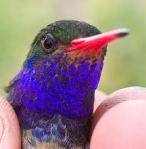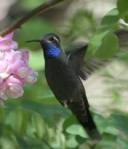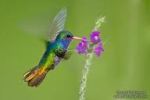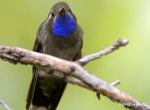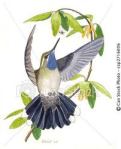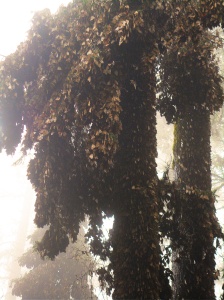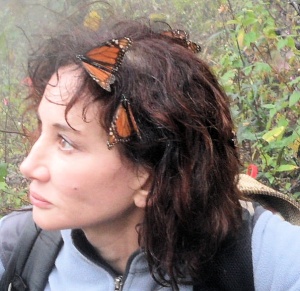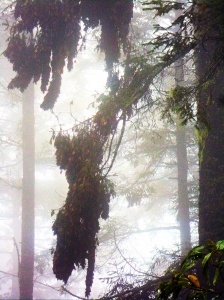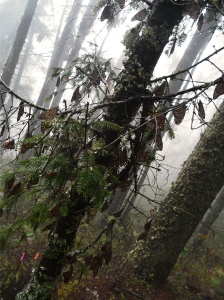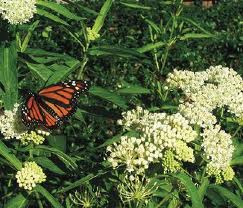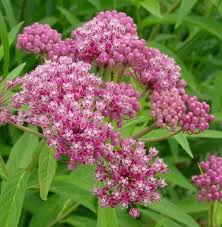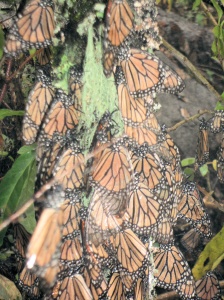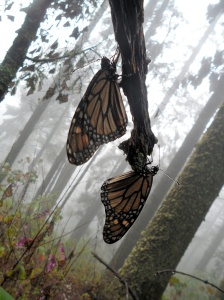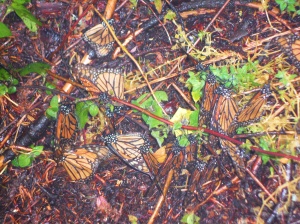Author Corner–E. E. King
October 8, 2013Another Happy Reading at the Mystery and Imagination
May 21, 2013“La guía de Dirk Quigby al más allá”, de E.E. King
March 31, 2013Monarchs of Mexico
February 19, 2013It was mid- February, the time when hundreds of millions of Monarch Butterflies (Danaus Plexippus) begin to wake from their semi-dormant winter rest in the in the SierraMadreMountains in Michoacán, Mexico and prepare for their spring migration south.
Three friends and I were fortunate enough to visit one of these sites in the Mariposa Monarca Biosphere Reserve within the Trans-Mexican Volcanic Belt pine-oak forests.
It is three hours from the delightful colonial town of San Miguel de Allende, where I am living , to the butterfly sanctuary in the mountains. It is a beautiful trip, through the hills of Michoacán. Tiny colonial towns and villages dotted verdant hillside.
We ascend into the mountains of cloud covered Oyamel firs (Abies religiosa or the Religious Fir tree, so named because its top branches form a cross.)
Here is where the Monarch butterflies over winter. Oyamel firs grow only at high altitudes, between 2,400 and 3,600 meters (7874’- 11811’.)
The landscape was more reminiscent of Lord of the Rings, than the high desert from which we had come. It was a magical landscape.
Then we saw them, hundreds of millions of monarchs! Oyamel firs can reach between 40-60 m (131’- 196’) tall and 150-200 cm (4’-6’) wide. Yet these sturdy branches were literally weighed down by the enormous number of Monarchs clinging to them.
Clustering monarchs are protected by the forest canopy and also by one another.
The Oyamel forest ecosystem is Mexico’s most endangered forest-type. Only 2% of the original forest remains. The thinning of the forest is of concern because this changes the delicate microclimate that the butterflies need to survive. With thinning the forest will not retain its cloud cover and temperatures will drop. Although the butterflies are adapted to cool climates, if temperatures drop to the mid-to low 20’s F (-6.67 c) the butterflies begin to freeze to death. Monarchs are essentially tropical butterflies and cannot tolerate sub-freezing temperatures for very long.
The best time to visit the reserves is between mid February- through early March. This is the time that these seemingly delicate creatures begin their over 4828 km. (3,000 mile) trip from Michoacán up to Alaska.
Most monarchs live only four-six weeks, but the generation that makes the long flight, end of summer, light down to Michoacán is the “Methuselah Generation. This last generation of the summer enters into a non-sexual, phase known as diapause and may live seven- nine months. During diapause, butterflies fly to one of many over-wintering sites. The generation that over-winters, the generation that we saw, does not start reproducing until it leaves the over-wintering site.
Monarchs use a combination of air currents and thermals to travel long distances. A single, non-mating Monarch may fly from Alaska to Mexico, but it takes four of five generations to complete the return flight.
The Monarch is one of the longest migrating creatures on Earth. Beginning in August, over 200 million eastern monarchs (those living from the Rockies to the Atlantic Ocean) migrate from their summer feeding and mating grounds in Mexico, where they spend the winter before returning to the United States in late February and March to begin the cycle of life again.
Once awake, the Monarchs begin to mate. Males die almost immediately and the females begin the long journey northward, laying eggs on Milkweed (Asclepias s.) the host plant for Monarch caterpillars.
How do they know where they are going, if they have never made the journey before? We are not totally sure, but we do know that Monarchs have a kind of biological GPS in their antenna. They may use appears to be a combination of directional aids such as the magnetic pull of the earth and the position of the sun. Their ability to see ultra-violet light (which humans cannot) is also important.
Monarchs live in all states and reproduce wherever they can find enough Milkweed to support their young. Monarchs are not pests and will not eat anything but Milkweed. They do not hurt crops, ornamental trees or in any way upset the balance of Nature in areas they are introduced.
Monarchs are not as plentiful as they were years ago; the use of insecticides and herbicides has eliminated much of their habitat. The milkweed the Monarch depend upon for survival, is disappearing as meadows and prairie are developed. There are hundreds of kinds of milkweed, but all have a toxic white, milky sap that makes monarch caterpillars taste noxious to birds. The Orange coloration serves a colorful warning to would be predators.
In 1991 about 70% of these wintering Monarchs in Mexico froze to death as a result of three days of rain and sub freezing conditions. Habitat must be protected now, before this miracle of nature is only a memory. The Monarchs and many butterfly species need your help. Please plant seeds and ensure their survival. There are numerous online sites that will send you free seeds.
http://www.livemonarch.com/free-milkweed-seeds.htm
plant talk
February 19, 2013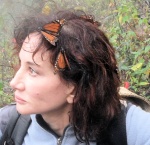 plants have brians!
plants have brians!
I have monarchs hatching in my bedroom.2 girls and a boy… also a
couple of parasitoid wasps…sometimes if a plant is being heavily
chomped, part of the plant’s sap mix with the saliva of the
caterpillar.
This sends out a fragrance that certain parasitoid wasps are very
attracted to. The parasitoid wasps fly to the rescue of the plant like
some John Wayne bomber squad…. kill the caterpillars and lay eggs
inside the carcasses wow… if it is intelligent design that’s one
scary mind!
adventures in Mexico
February 11, 2013Improvisational writing!
January 25, 2013Blue-throated Hummingbird (Lampornis clemenciae)
December 25, 2012The Blue Hummers are coming… The Blue Hummers are coming… to my window!
The male, as usual, takes no part in nest building or care of the young. The female weaves her nest from soft plant fibers. The nests appear on a tree branch, flowering plant, fern, vine, rock shelf, or, lacking these, a wire or nail. She attaches them to the whatever, using strands of silk stolen from spider webs.
Basically the males is a chauvinistic, pugnacious bastard and the female a thief… but they sure are pretty… We are such shallow creatures.
The spiders don’t find them beautiful at all I should add… there is a web reading: “SOME BIRD… not so terrific, radiant, or humble” next to the feeder… (A great-great-great-great grandson of Charlotte’s I fancy)
The nest exterior is camouflaged with green mosses, who are also not fans of said bird. (In drier habitats, lichens might be used, or … if the bird is lazy or a bad decorator, the facade is left bare.
The female usually builds each new nest atop the previous nest, leading to nest “towers” at traditional nest sites. I want to see one despite the advice of spiders and mosses.